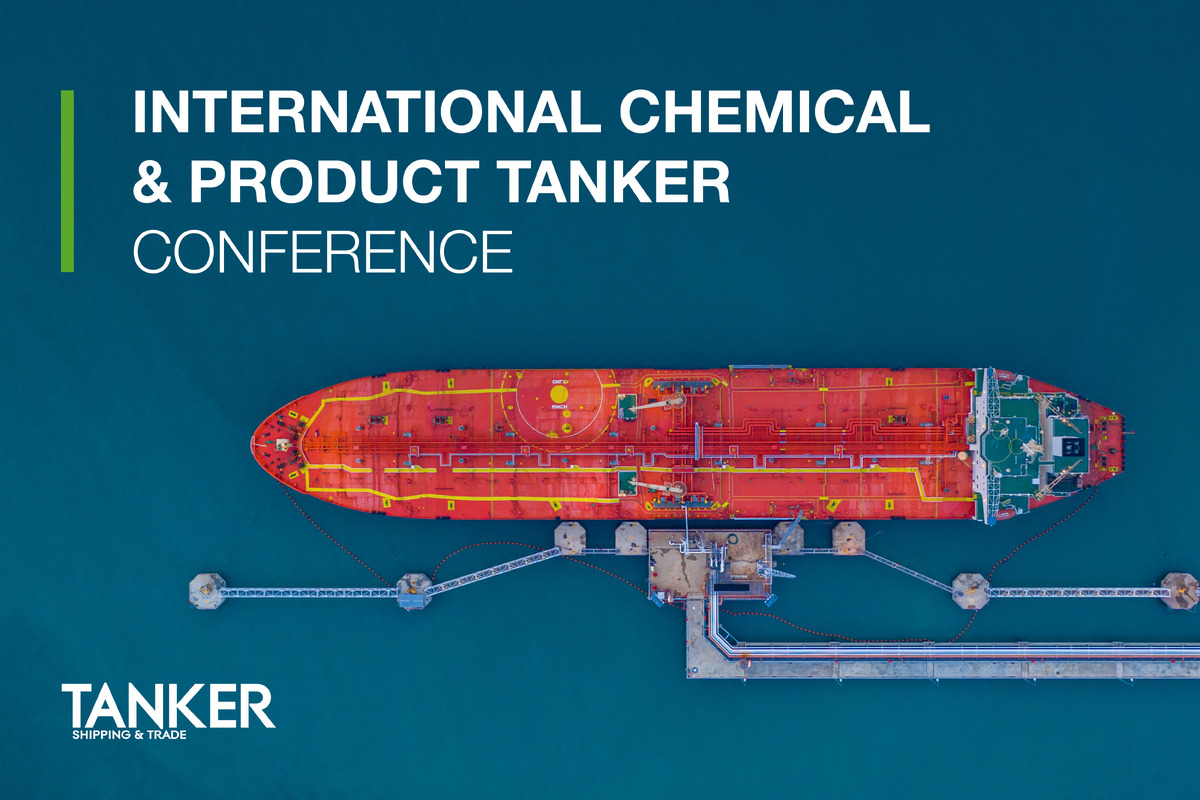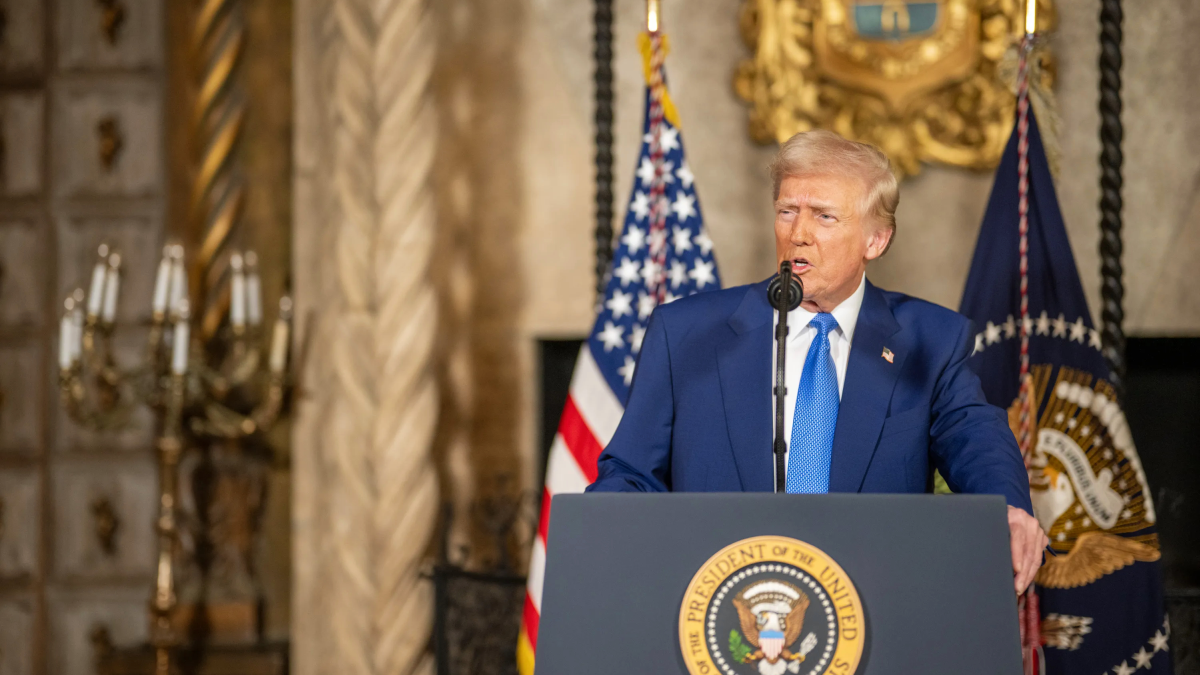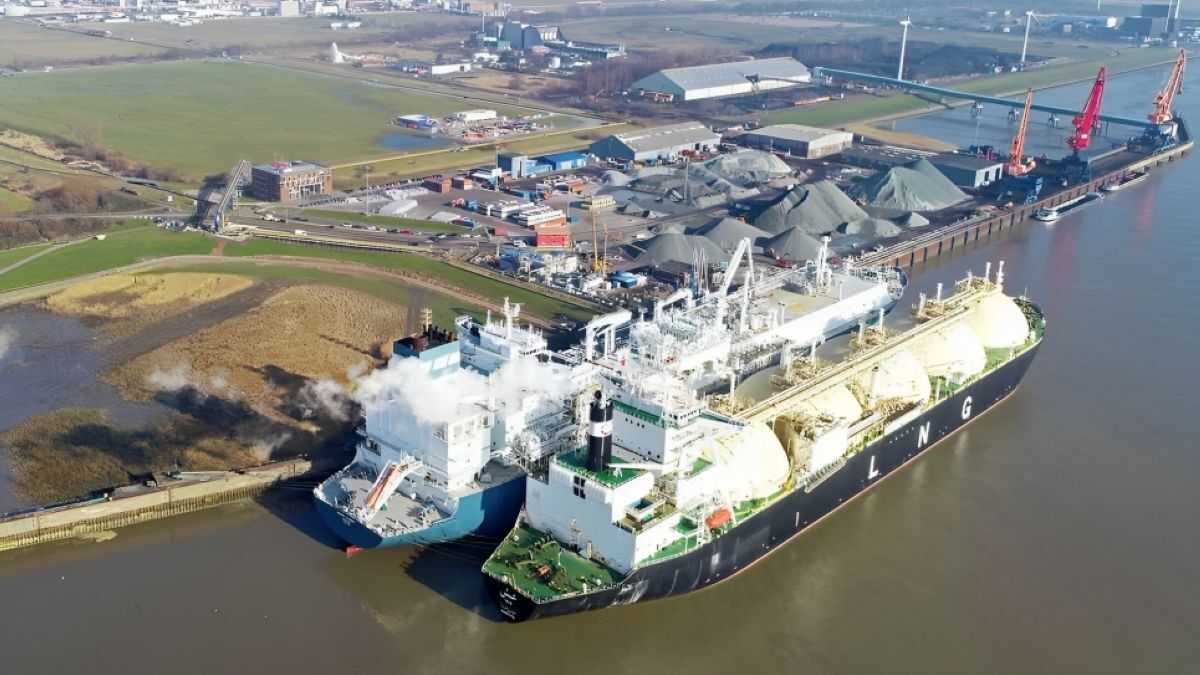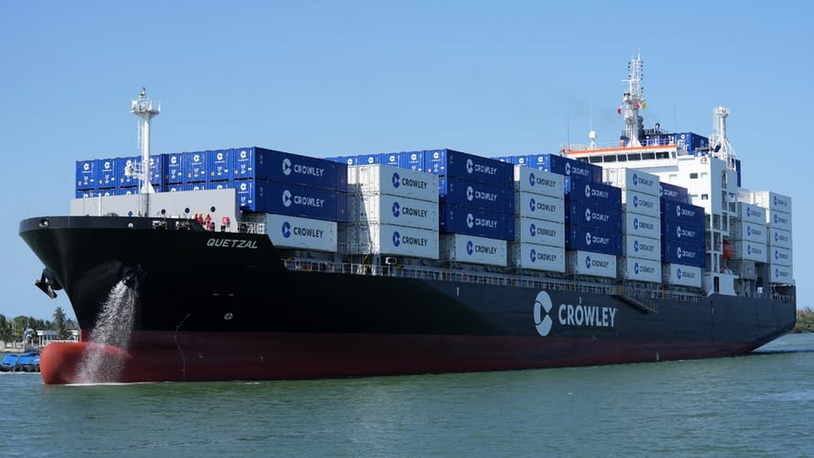Business Sectors
Contents
Register to read more articles.
Trump looks to restore ‘America’s maritime dominance’
The President’s executive order directs various government agencies to produce a Maritime Action Plan and other executive reports to revitalise the American shipbuilding and maritime industrial base
Under the long shadow of China’s global shipbuilding dominance and an escalating tariff war, President Trump signed a much-anticipated executive order (EO) on 9 April aimed at revitalising US commercial shipbuilding and the American maritime industrial base.
“We’re going to be spending a lot of money on shipbuilding. We used to build a ship a day. Now we don’t build a ship a year practically,” said the President during the televised signing ceremony.
Under the EO, ‘Restoring America’s Maritime Dominance’, a Maritime Action Plan (MAP) will be created by National Security Adviser Michael Waltz in conjunction with various government agencies within 210 days of the order. MAP will recommend specific actions to restore the American maritime industrial base. These will cover incentivising American shipbuilding, enhancing maritime infrastructure and capacity, growing demand for US shipping, investing in maritime technology, enhancing workforce development, and modernising the US Merchant Marine Academy to enhance mariner training.
Critical to the effort will be funding. The EO establishes a Maritime Security Trust Fund to provide funding for maritime programmes in addition to a shipbuilding financial incentives programme to boost private investment in US shipbuilding. It also commits to increasing the fleet of US-flag commercial vessels trading internationally as well as domestically between US ports.
It seeks to establish Maritime Prosperity Zones to incentivise investment in waterfront communities, modeled on the ‘Opportunity Zone’ concept created during President Trump’s first term.
The EO directs the enforcement of the collection of the Harbor Maintenance Fee on international cargo entering the US to prevent circumvention through Canada or Mexico.
“We used to build a ship a day”
Furthermore, a report will be produced within 180 days on the American maritime industrial base identifying key maritime supply chain components, as well as uncovering potential private and public investment opportunities.
One of the other pieces in the puzzle is a forthcoming action by the US Trade Representative (USTR) resulting from its investigation into “China-Targeting the Maritime, Logistics, and Shipbuilding Sectors for Dominance.” Based on its conclusion that China’s “targeting the maritime, logistics, and shipbuilding sectors for dominance” were “unreasonable and burdens or restricts US commerce,” the USTR proposed on 21 February imposing fees of US$1M or more on Chinese-built vessels calling at US ports. Tariffs would also be imposed on Chinese-built ship-to-shore cranes and cargo-handling equipment. Extensive public testimony was filed during the USTR hearings that concluded on 26 March.
The other piece of the puzzle is the Shipbuilding and Harbor Infrastructure for Prosperity and Security for America Act (SHIPS Act), which received bicameral and bipartisan support. Co-sponsors for the legislation were US Senators Mark Kelly (D-Arizona) and Todd Young (R-Indiana) and US Representatives John Garamendi (D-California) and Trent Kelly (R-Mississippi). Mr Walz was supportive of the legislation when he was a US Representative for Florida, prior to his appointment as US National Security Adviser. The legislation is expected to be modified and refiled for the current Congress.
When it was filed in December 2024, the SHIPS Act set out a goal to establish the Strategic Commercial Fleet, which would have 250 US-flag fleet vessels engaged in international trade – more than three times the current level.
Related to this Story
Events
International Chemical & Product Tanker Conference 2025
Maritime Environmental Protection Webinar Week
Cyber & Vessel Security Webinar Week
The illusion of safety: what we're getting wrong about crews, tech, and fatigue
© 2024 Riviera Maritime Media Ltd.














